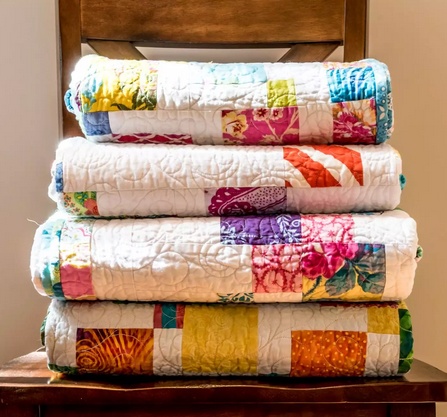
Early American Embroidered Samplers
Early American Embroidered Samplers are a piece of embroidery or cross-stitching produced as a demonstration or a test of skill in needlework. They often include the alphabet, figures, motifs, decorative borders and sometimes the name of the person who embroidered it and the date.
The oldest surviving European samplers were made in the 16th and 17th centuries. As there were few pre-printed patterns available for needleworkers, a stitched model was needed. Whenever a person saw a new and interesting example of a stitching pattern, she would quickly sew a small sample of it onto a piece of cloth – her ‘sampler’. The patterns were sewn randomly onto the fabric as a reference for future use, and the woman would collect extra stitches and patterns throughout her lifetime.
By the 18th century, samplers were a complete contrast to the scattered samples sewn earlier on. They became wider and more square, eventually with borders on all four sides. Samplers were mainly school exercises during the 18th and 19th centuries and were almost entirely worked in cross stitch. These samplers were stitched more to demonstrate knowledge than to preserve skill. The stitching of samplers was believed to be a sign of virtue, achievement, and industry, and girls were taught the art from a young age.


